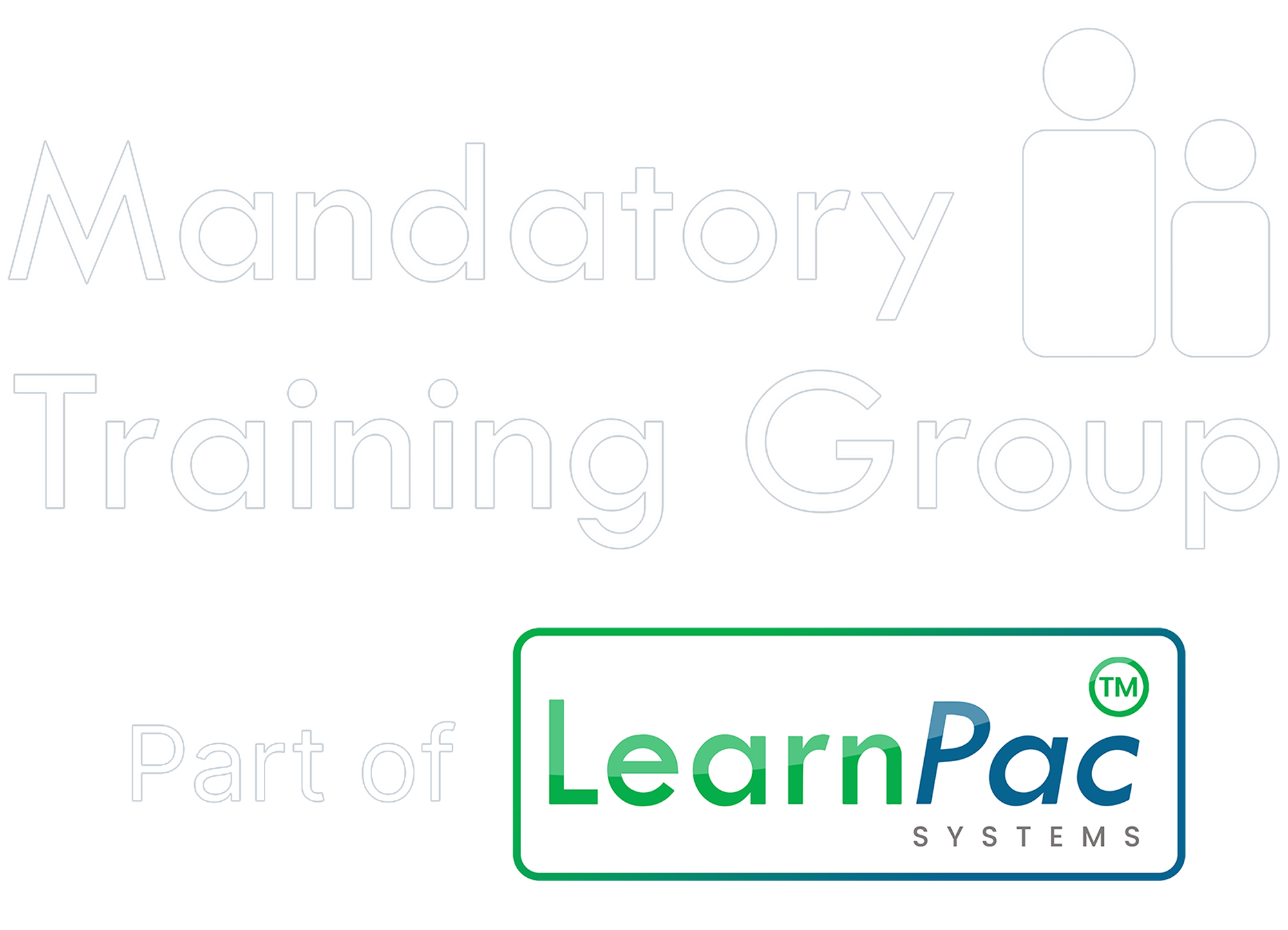You have no items in your shopping basket.
Elsie Rodas
11-06-2025
Could better engagement improve training outcomes and compliance?
Image by thelivephotos via Envato Elements
Explore why engagement is more than a learning metric and how smarter design, better tools, and role-relevant content improve compliance and performance
In today’s high-stakes work environments, digital learning is no longer optional - it’s essential. From ensuring regulatory compliance to building professional capability, digital learning programmes offer scalable, flexible solutions to workforce training. But here’s the challenge: how do we get employees to truly engage?
Providing access to e-learning modules is one thing. Ensuring that employees are learning, applying, and growing as a result of that training is another key aspect. In regulated sectors such as health and social care, education, and public services, engagement isn’t just a nice-to-have - it’s a compliance imperative.
Drawing on experience across NHS Trusts, private healthcare, public health bodies, and education settings, this article shares practical, evidence-based strategies to boost employee engagement in digital learning. Whether managing frontline teams or designing internal training pathways, the following guidance can help transform mandatory e-learning into a meaningful workforce development initiative.
What does digital learning engagement really mean?
Digital learning engagement refers to the degree of attention, motivation, and commitment employees demonstrate when participating in online training.
In regulated environments, the goal is not just box-ticking. Engagement means that staff are:
- Actively participating in their learning
- Reflecting on key content
- Retaining critical information
- Applying knowledge in real-world scenarios.
Low engagement can lead to compliance failures, increased risk, and suboptimal service outcomes. That’s why engagement is more than a learning metric - it’s a frontline risk control.
Why engagement fails in digital programmes
Even high-quality e-learning content can miss the mark if it doesn’t align with real-world challenges. Common reasons for disengagement include:
- Lack of time - Clinical and frontline staff are often under pressure and unable to dedicate long periods to training.
- Low relevance - Generic content that doesn’t match specific roles can cause learners to disengage.
- Poor usability - Slow platforms, confusing navigation, or non-responsive modules hinder learner motivation.
- No reward or recognition - When learning achievements go unnoticed, staff lose the incentive to complete training.
- Disconnected from progression - If training doesn’t support appraisals or professional goals, it feels like an admin task rather than a growth opportunity.
The good news? These issues can be solved with the right digital tools and a targeted training approach.
7 proven strategies to drive digital learning engagement
In regulated sectors, effective training must engage, not just inform. These 7 strategies help make learning stick.
1. Tailor content to roles and contexts
Generic, one-size-fits-all training rarely resonates. Use scenario-based learning, sector-specific language, and job-relevant modules to make training feel purposeful.
Tip: Use your LMS or TMS to assign learning paths by job role, department, or service level. For example, safeguarding modules should differ between administrative teams and clinical staff.
2. Use microlearning for time-poor teams
Regulated sectors are time-sensitive environments. Expecting staff to sit through hour-long modules isn’t realistic.
Solution - Break content into digestible 5–10-minute sessions. These bite-sized lessons - known as microlearning - are easier to complete during shift changes or breaks and promote long-term knowledge retention.
Perfect for - infection control, GDPR basics, fire safety refreshers.
3. Add multimedia and interactivity
Reading walls of text or watching dull slideshows doesn't foster learning. Boost engagement with interactive formats such as:
- Video walkthroughs
- Animated case studies
- Interactive decision-making scenarios
- Knowledge checks and quizzes with instant feedback
Outcome - Learners engage more deeply, retain more, and are better prepared to apply knowledge in practice.
4. Link learning to real-world outcomes
Staff are more likely to care about training if they understand its practical impact. Make that connection clear:
"This manual handling course helps prevent musculoskeletal injuries on your ward."
"This manual handling course helps prevent musculoskeletal injuries on your ward."
"This safeguarding module prepares you for upcoming Ofsted inspections."
"This safeguarding module prepares you for upcoming Ofsted inspections."
"This medication refresher supports safer prescribing and better patient outcomes."
"This medication refresher supports safer prescribing and better patient outcomes."
Training that protects lives and livelihoods becomes intrinsically motivating.
5. Use targeted nudges and reminders
A well-timed nudge can dramatically improve training completion rates. Use your TMS to automate:
- Personalised progress reminders
- Manager alerts for overdue team training
- Celebration messages on completion.
Example - “You’ve completed 80% of your training - just one module to go!”
These digital touchpoints foster accountability and reinforce progress.
6. Involve line managers and internal trainers
Sustainable engagement isn’t just the job of L&D. When managers take an active role in learning, outcomes improve.
Support managers with:
- Real-time dashboards to track team training
- Supervision prompts and discussion starters
- Templates for recognising learner achievement.
Result - Training becomes embedded in team routines and supervision practices - not an isolated task.
7. Recognise, reward, and reflect
Even in mandatory training, recognition matters. Foster a culture where learning achievements are celebrated.
Ways to recognise progress:
- Issue digital badges or CPD certificates
- Highlight learners in team newsletters
- Invite top performers to become internal champions or peer trainers
- Use feedback loops and reflection forms to capture learning impact.
Psychological benefit - Recognition builds motivation. Reflection builds retention.
Digital tools that boost engagement
To truly transform digital learning, you need more than content - you need the right tools. Integrated platforms like ComplyPlus™ LMS and TMS help deliver learning that works by providing:
- Role-based content delivery
- Microlearning libraries
- Interactive course formats
- Real-time dashboards for learners and managers
- Built-in compliance tracking and audit logs.
With these tools, training becomes easier to manage, more relevant to learners, and more effective for compliance.
Remember - It’s about people, not just platforms
Digital delivery may rely on software, but learning success relies on people. Engaged learners are:
- Safer
- More competent
- More aligned with your organisation’s mission.
In sectors where quality and compliance go hand-in-hand, staff engagement is a strategic advantage, not just an operational task.
Ready to transform training engagement across your organisation?
Engagement is not just about ticking boxes. It is about creating learning experiences that are relevant, motivating, and linked to real outcomes.
To build a culture of engagement, you need more than good content. You need the right tools and the right people to deliver it. ComplyPlus™ provide the digital infrastructure to personalise learning, track progress in real time, and connect training to compliance goals. Alongside that, our Train the Trainer programmes equip internal staff with the skills, confidence, and resources to lead engaging sessions that make learning stick.
Stronger engagement leads to better outcomes. Let your training strategy reflect that.
About the author
Elsie Rodas
Since its inception, Elsie, a vital pillar at LearnPac Systems, has seamlessly crafted and implemented commercial strategies as part of the Senior Management Team, fueling accelerated growth and profitability. With over two decades in various healthcare settings, she possesses deep insights, finely tuning our offerings to meet client needs exceptionally.

About the author
Elsie Rodas
Since its inception, Elsie, a vital pillar at LearnPac Systems, has seamlessly crafted and implemented commercial strategies as part of the Senior Management Team, fueling accelerated growth and profitability. With over two decades in various healthcare settings, she possesses deep insights, finely tuning our offerings to meet client needs exceptionally.

Contact us
Complete the form below to start your ComplyPlusTM trial and transform your regulatory compliance solutions.




